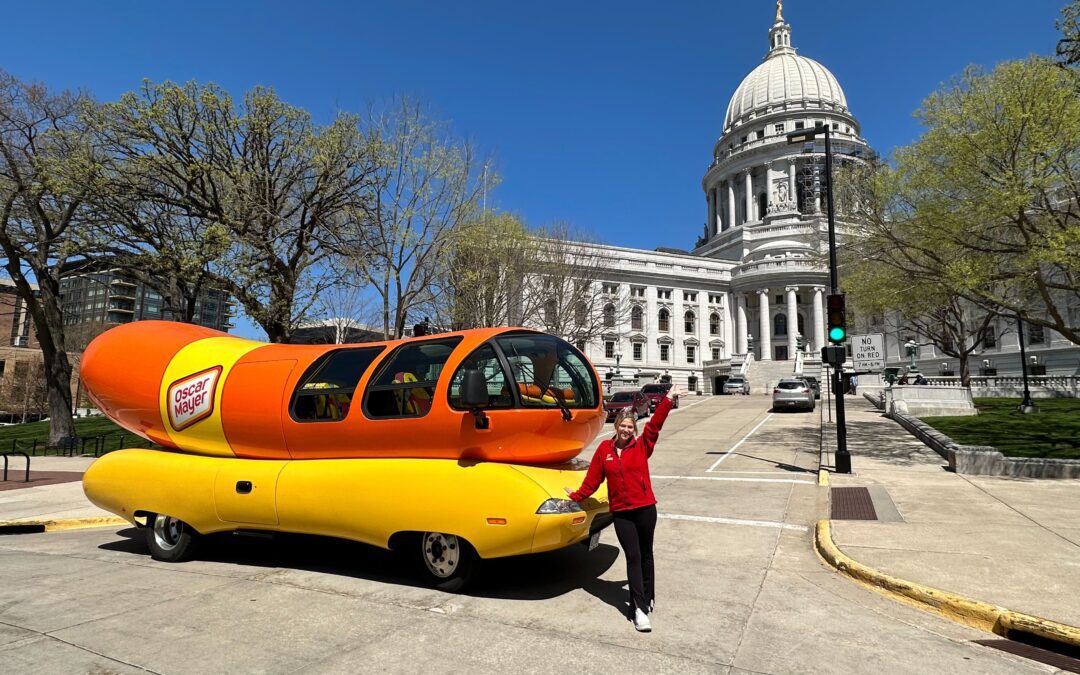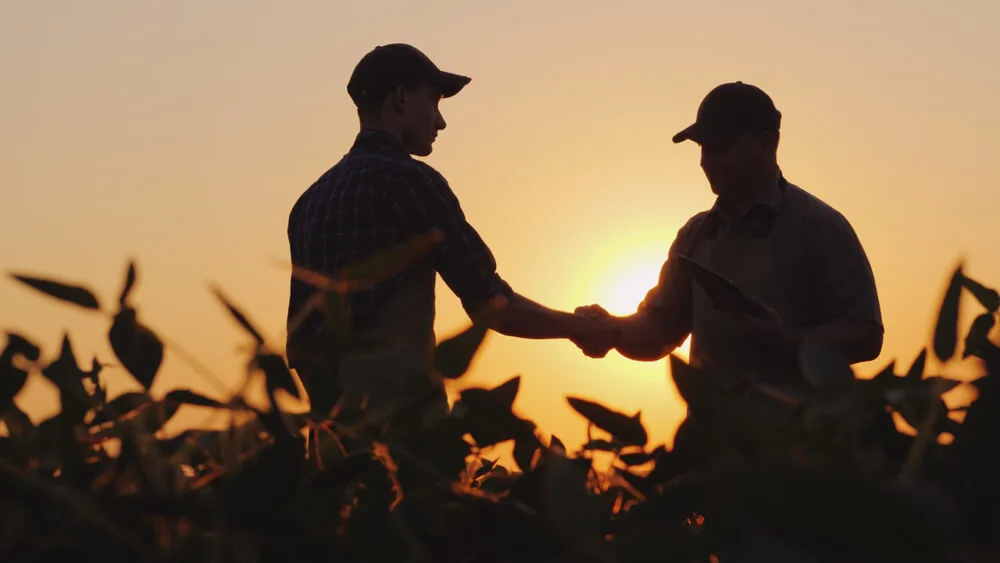
Credit to FreeImages
The Wisconsin DNR is partnering with the Natural Resources Foundation of Wisconsin (and you!) to protect the state’s bees, butterflies, and hummingbirds.
Seven of Wisconsin’s state park properties are receiving pollinator upgrades this year to enhance the natural habitats conducive to pollinators. It’s part of the DNR’s larger “Pollinator in the Parks” program, which helps maintain Wisconsin’s native ecosystems in state parks and forests.
Many of the state’s pollinators are already endangered and not far from going extinct.
“Wisconsin is one-fifth farmland and all of our crops in Wisconsin are dependent [on pollinators],” said Representative Lee Snodgrass in an interview with UpNorthNews. “When your pollinators decline, your harvest declines.”
Local gardens could be affected, too. Between 75% and 95% of all flowering plants require the help of pollinators. Most, if not all, of Wisconsin’s flora rely on the state’s pollinator population to stay alive and healthy.
Who are Wisconsin’s Pollinators?
There are thousands of native pollinators in Wisconsin. Most are insects, like bees, butterflies, and moths. Common bees native to Wisconsin include the rusty patched bumble bee and the yellow banded bumble bee, but there are more than 400 species across the state.
The Swamp Metalmark, Monarch, Ottoe Skipper, Northern and Karner Blue, Poweshiek, Skipperling, and Regal Fritillary are some of Wisconsin’s best butterfly pollinators. Like Wisconsin’s bees, however, there are hundreds of different species scattered across the state.
Not all of Wisconsin’s pollinators are insects, however. Hummingbirds tend to visit in the spring and migrate to warmer climates come the early fall, but their role in the early pollination process cannot be underestimated. Some beetles are also considered pollinators.
Why Pollinators are in Danger
Climate change and human development are two of the largest contributors to declining pollinator populations. Invasive plants planted by humans often crowd out native species. Pesticide use on private lands also kills pollinators.
“The threat to their habitat right now is insecticides. What it does is it interferes with their neural system and that prohibits them from getting back to the hives,” Snodgrass said.
Wisconsin is particularly concerned about its pollinators since agriculture is an integral part of our economy and many large-scale producers use copious amounts of pesticides.
What You Can Do
While lawmakers and statewide organizations play a big role in protecting pollinators on public land, we can all do something! Remember: 82% of Wisconsin’s land is privately-owned.
Make your garden pollinator friendly.
There are a few easy ways to make your yard a safe haven for native pollinators. Milkweed is great for attracting monarchs–a species that recently joined the IUCN Red List for endangered animals.
Increasing the variety of plants in your garden is another way to make your yard pollinator-friendly. Avoid using pesticides whenever possible and start mowing less, especially in the spring. Many bees and early-season pollinators rely on wildflowers and other plants vulnerable to consistent mowing.
Support pollinator-friendly foundations
Participating in the DNR’s Bumble Bee Brigade is an easy way to contribute to community-led research on Wisconsin’s bee population.
The NRF also offers several field trips into the field to experience pollinator conservation efforts firsthand. Sign-ups for this season are available now.
More Wisconsin pollinator projects can be found on the DNR’s endangered resources page. Donations to the Wisconsin Pollinator Protection Fund are always welcome for those who don’t own land or don’t have time to volunteer.

New Biden rules deliver automatic cash refunds for canceled flights, ban surprise fees
In the aftermath of a canceled or delayed flight, there’s nothing less appealing than spending hours on the phone waiting to speak with an airline...

One year on the Wienermobile: The life of a Wisconsin hotdogger
20,000+ miles. 16 states. 40+ cities. 12 months. Hotdogger Samantha Benish has been hard at work since graduating from the University of...

Biden makes 4 million more workers eligible for overtime pay
The Biden administration announced a new rule Tuesday to expand overtime pay for around 4 million lower-paid salaried employees nationwide. The...

‘Radical’ Republican proposals threaten bipartisan farm bill, USDA Secretary says
In an appearance before the North American Agricultural Journalists last week, United States Department of Agriculture (USDA) Secretary Tom Vilsack...




